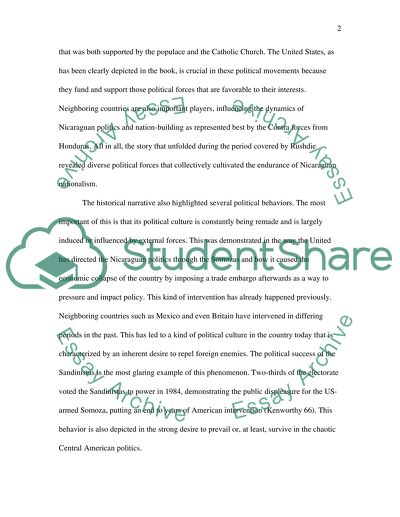Cite this document
(“Salman Rushdies The Jaguar Smile Essay Example | Topics and Well Written Essays - 1000 words”, n.d.)
Retrieved from https://studentshare.org/history/1434475-salman-rushdies-the-jaguar-smile
Retrieved from https://studentshare.org/history/1434475-salman-rushdies-the-jaguar-smile
(Salman Rushdies The Jaguar Smile Essay Example | Topics and Well Written Essays - 1000 Words)
https://studentshare.org/history/1434475-salman-rushdies-the-jaguar-smile.
https://studentshare.org/history/1434475-salman-rushdies-the-jaguar-smile.
“Salman Rushdies The Jaguar Smile Essay Example | Topics and Well Written Essays - 1000 Words”, n.d. https://studentshare.org/history/1434475-salman-rushdies-the-jaguar-smile.


